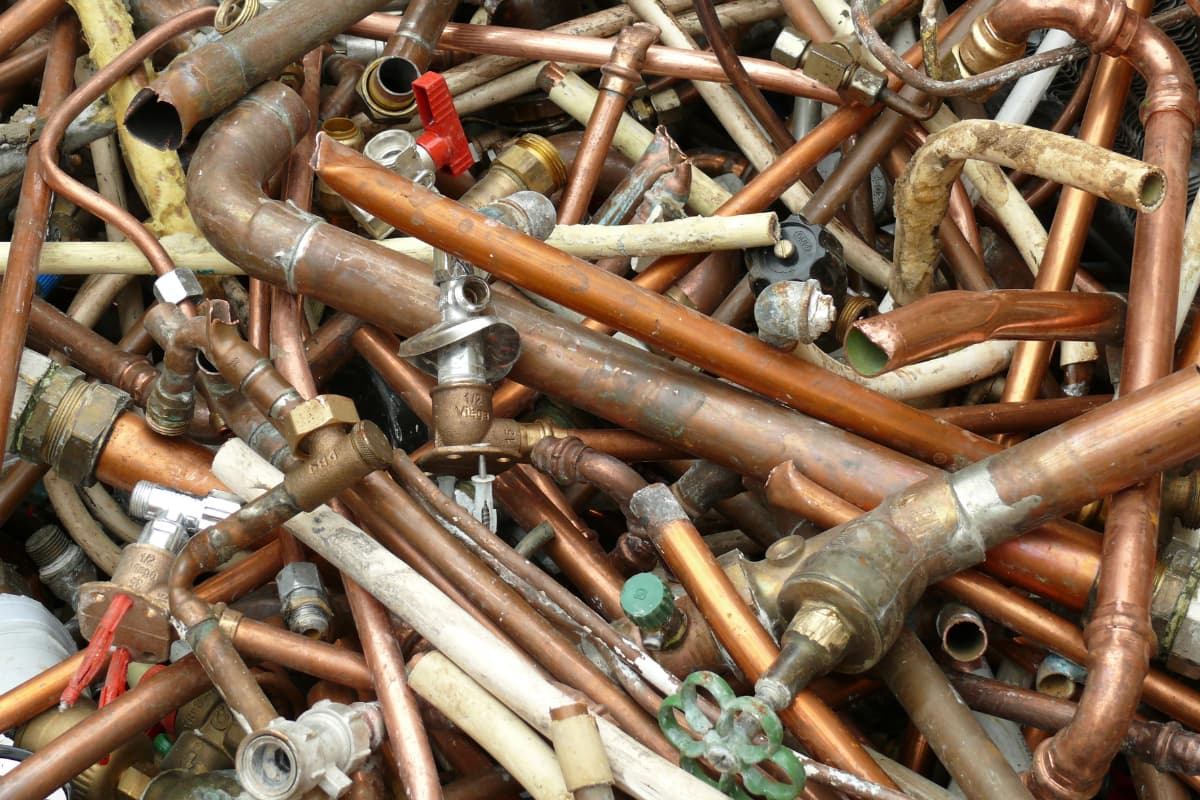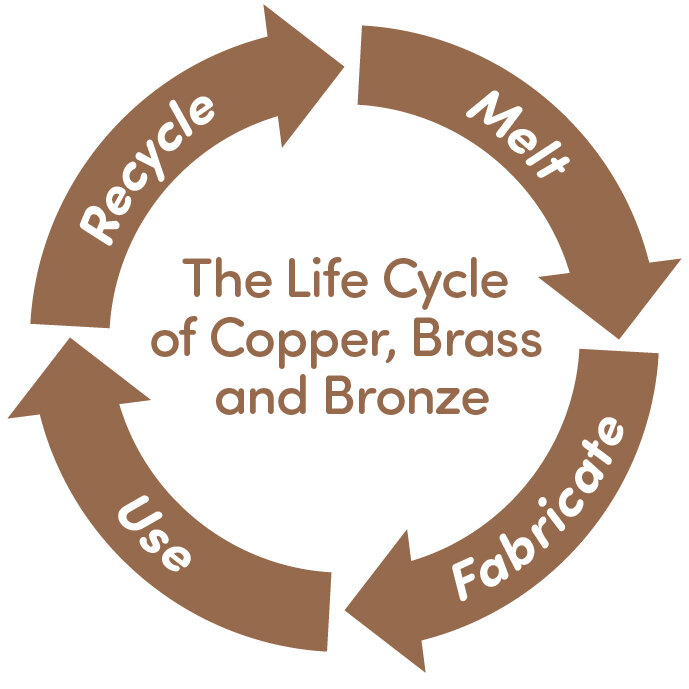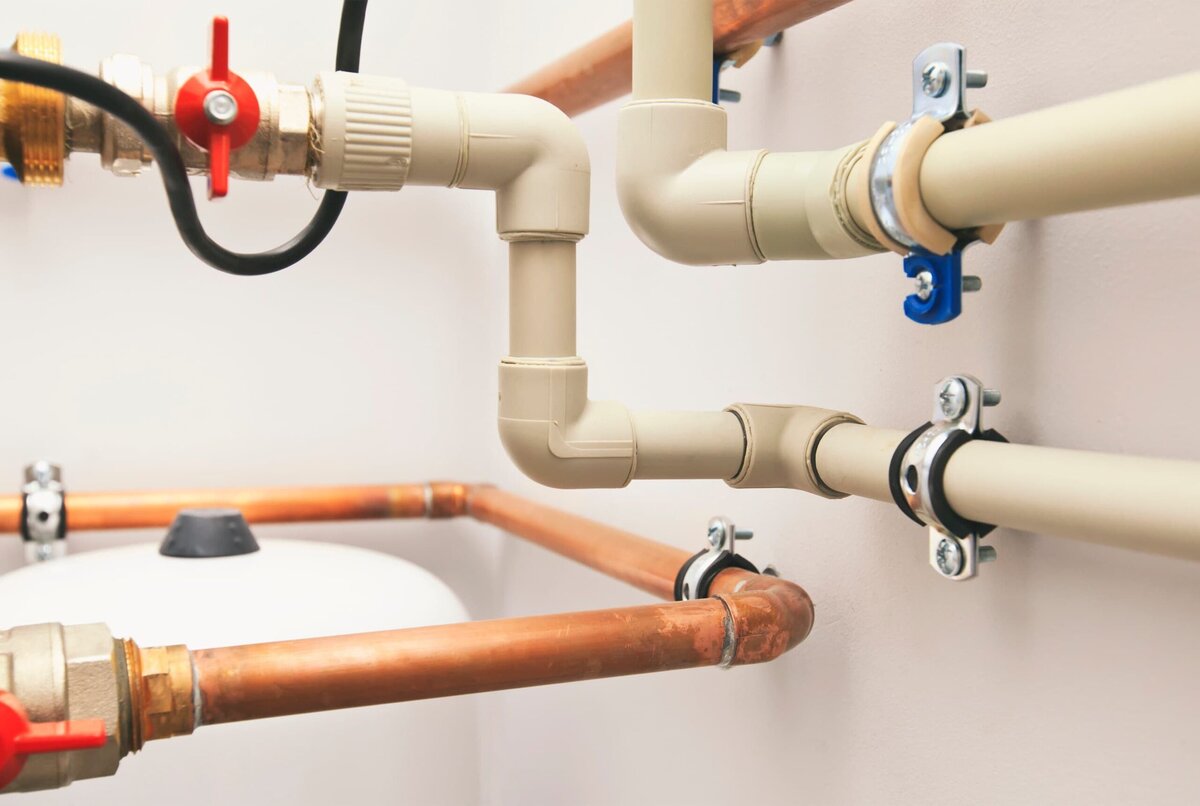
It’s no secret that recycling is crucial for the future of our planet – it reduces the need for the exploitation of new raw materials, helps to conserve energy and lessen waste and pollution.
While this is a widely accepted fact, it is less well known that only 9% of the plastic ever produced has been recycled. In recent years, plastic has become the mainstay material used in almost all sectors – from packaging, to building and construction, electricals and manufacturing. This is an increasing concern for our environment, with plastic continuing to have an adverse effect on our planet as a major polluter.
Therefore, the importance of using different materials for construction, manufacturing and day to day life has never been greater. As a highly versatile material that has many different uses, copper is a good alternative to plastics as an infinitely recyclable material. In this article, the Copper Sustainability Partnership (CuSP) explores why copper’s recyclable properties make it an essential resource for our future.

The recyclability of copper
What makes copper so special? Firstly, it is infinitely more durable than plastic, making it far better for pipes, not just in homes but in manufacturing, medicine and much more. It is also a great conductor and can be used for wiring in most electrical components and circuits, and is a lot more fire resistant than plastic and as such is less likely to be wasted.
Thanks to its qualities, copper is an amazingly effective material for a variety of uses. As a 100% recyclable material, it can be reused infinitely without any loss of quality, meaning that the same piece of copper can be used again and again to make all sorts of different products – helping to alleviate resource scarcity and reduce carbon output. As of 2017, at least 65% of all copper mined since 1990 was still in use – proving its long life span.
The copper recycling industry is growing to support demand, with much of the infrastructure needed to recycle copper already having been in existence for generations. This means that we don’t have to start from scratch to make copper recycling practical, unlike with plastics.
With the ability to be used in many areas, copper could help to ease the pressure put on the environment by plastics and provide an environmentally friendly solution for our planet.
Copper, construction and demolition
So, how is copper used in the real world? One of the biggest areas where copper can easily replace plastics is within construction. While it was once a core material used in buildings, it has now been overtaken by unsustainable plastics, due to its low cost and ease of use.
Sustainability in the construction industry is particularly important, given the need for demolition and rebuilding.
In the construction industry, demolition is a fact of life. Within the majority of new projects in the modern day, some demolition must take place. In fact, RYE places the number of demolitions in the UK per year at around 50,000. As society develops new ways of thinking, building and living, old buildings and town designs become obsolete. This means that demolition has and will continue to have an important place in construction.
Nowhere is this more evident than in the construction of housing. You only have to take a short look at the housing mistakes of the last 50-60 years to see why demolition in this sector is so big – take the use of asbestos insulation in the 1970’s and 80’s or the use of poor construction materials in the modern day as examples.
So, how do we approach construction in a more sustainable way, so that demolition produces less waste? We must start using recyclable and more durable materials for our buildings. If we do this every time a building is knocked down to make way for new developments, the materials can be re-used and recycled.
By replacing plastics and other short-life materials in construction with copper, we can extend the lifespan of that building with the knowledge that the material is economical, practical and recyclable. Housing projects that use copper have already begun to do this; the CHARM project has built houses that are 85% plastic free. Copper and aluminium replaced plastic in these projects, to create affordable and sustainable homes.

Building a future with copper
The construction industry accounts for almost 19% of plastic waste in the UK. If we want to continue the development of our towns and cities, we must begin to use copper on a consistent basis, to continue our progression in an affordable and sustainable way.
Copper as a resource is easily recyclable, very durable, a great conductor, fire safe and most importantly can be infinitely recycled. We are in desperate need of resources like this, for our future.
If you want to find out more about the recyclability of copper and its advantages for our future, visit: https://www.cuspuk.com/.
